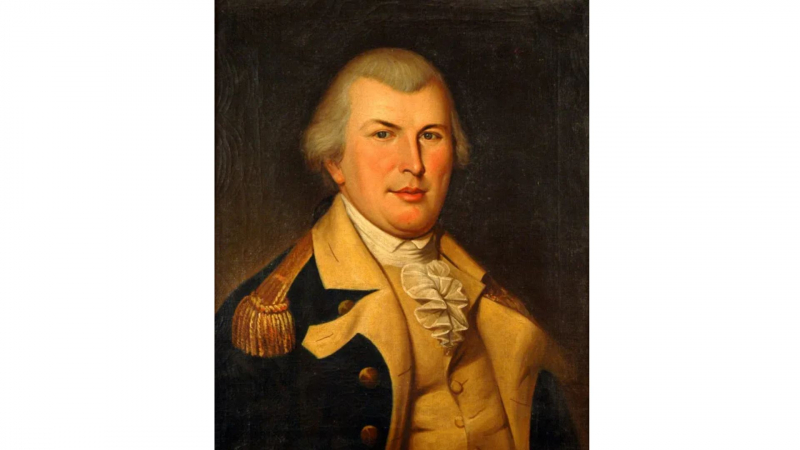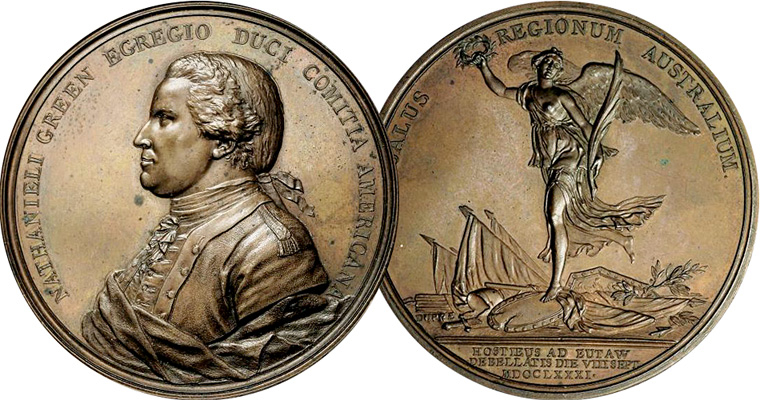The Final Years Of His Life Were Very Different From The Fighting Years

The next fact about Nathanael Greene is that his final years were very different from the fighting years. Greene left his commission and went back to Newport. He moved to the South to concentrate on the slave estates he had been given during the war because he was in a lot of debt, and he set up residence at the Mulberry Grove Plantation outside of Savannah. Greene agreed to attend the Society of the Cincinnati's inaugural meeting in 1784 but turned down assignment to a commission entrusted with negotiating treaties with Native Americans. He afterwards joined the Cincinnati Rhode Island Society as a founding member.
It's interesting to note that Greene's debt stems from his time in the military, when he agreed to sign a bond for army supplies when his army needed them. Greene eventually had to pay off his loan on his own years later because the US government never did. The ongoing legal ramifications and associated debt persisted for years before being resolved only in 1854.
Greene became ill on June 12, 1786, and on June 19, 1786, he passed away at Mulberry Grove at the age of 43. Sunstroke was listed as the official cause of death. His ashes were buried with John Maitland, his bitter enemy in the fight, at the Graham Vault in Colonial Park Cemetery in Savannah for more than a century. Asa Bird Gardiner, the president of the Rhode Island Society of Cincinnati, worked to have his bones transferred to a memorial in Johnson Square in Savannah on November 14, 1902. When it was platted in 1799, Greene Square, which is located about a third of a mile southeast of Johnson Square, was given his name.






